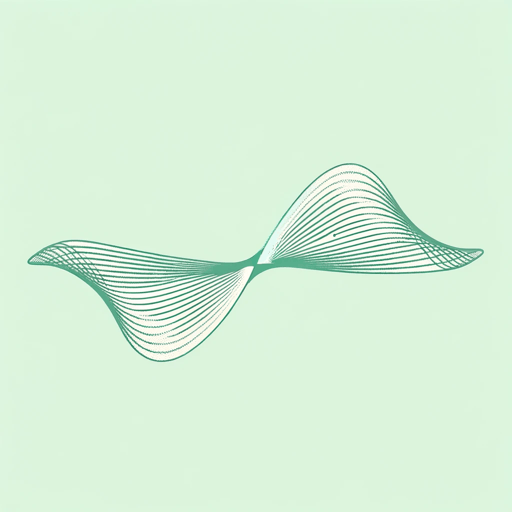69 pages • 2 hours read
Brian GreeneThe Elegant Universe: Superstrings, Hidden Dimensions, and the Quest for the Ultimate Theory
Nonfiction | Book | Adult | Published in 1999A modern alternative to SparkNotes and CliffsNotes, SuperSummary offers high-quality Study Guides with detailed chapter summaries and analysis of major themes, characters, and more.
Part 4, Chapters 10-12Chapter Summaries & Analyses
Part 4: “String Theory and the Fabric of Spacetime”
Part 4, Chapter 10 Summary: “Quantum Geometry”
Chapter 10 demonstrates why the complexities of string theory required a new kind of geometry. Greene first explains the previous form of geometry, which Einstein used in developing relativity theory. Because classical geometry, called Euclidean geometry (after the Greek mathematician Euclid) works with flat planes, it was insufficient for Einstein’s needs. In 1854, mathematician Georg Riemann “broke the chains of flat-space Euclidean thought” (231) to develop a geometry that worked on curved surfaces. Reimann geometry was integral to Einstein’s development of general relativity. Reimann geometry describes the curvature of spacetime by relying on the “distorted distance relations between points” (233). However, string theory proposes that particles are not points but strings with a tiny but non-zero length dimension. Therefore, a new geometry, called quantum geometry, is necessary for string theory equations.
According to current theory, the universe began with a big bang from a single tiny point, from which it continues to expand. The standard model of physics, using quantum mechanics, argues that the universe both begins and ends (first expanding and then contracting) in a single zero-size point: The entire mass of the universe condenses to this point with no spatial dimensions.

